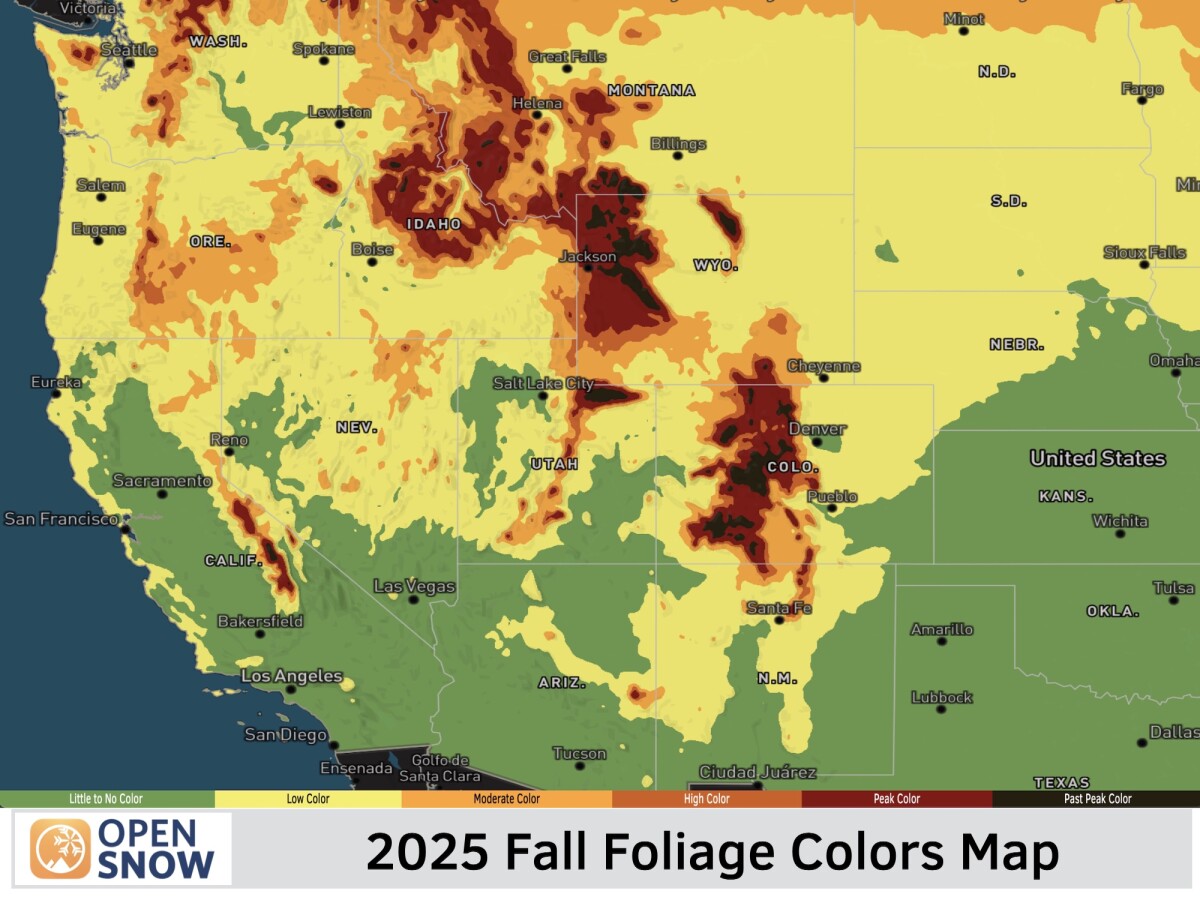News

By Bryan Allegretto, Forecaster Posted 5 years ago November 21, 2019
The Pacific North American (PNA) Teleconnection Pattern - Explained
The term "teleconnection" refers to a linkage between weather patterns occurring in different regions of the globe. Identifying these teleconnection patterns can help us to forecast more specific weather patterns.
The Pacific North American (PNA) teleconnection pattern focuses on the Pacific Ocean and North America. It has two phases – a positive and a negative phase. Both phases have different implications for the weather pattern over North America.
The Positive Phase brings warmer/drier weather to the West and colder/wetter weather to the East. This is because there are usually higher pressures (ridge) over the western U.S., and lower pressures (trough) over the eastern U.S.

The negative phase of the PNA pattern brings colder/wetter weather to the West and warmer/drier weather to the East. It features lower pressures (trough) over the western U.S., and higher pressures (ridge) over the eastern U.S.

The forecast models make forecasts for the Pacific North American pattern over the next 2-6 weeks. We can look at these forecasts to get an idea of what the overall weather pattern may be for North America.

We can use the PNA teleconnection pattern to get a rough idea of the 2-week forecast and whether it favors stormier or drier weather over parts of North America.
Download the OpenSnow app and stay tuned to our forecasts for the latest weather updates.
BA
About The Author




